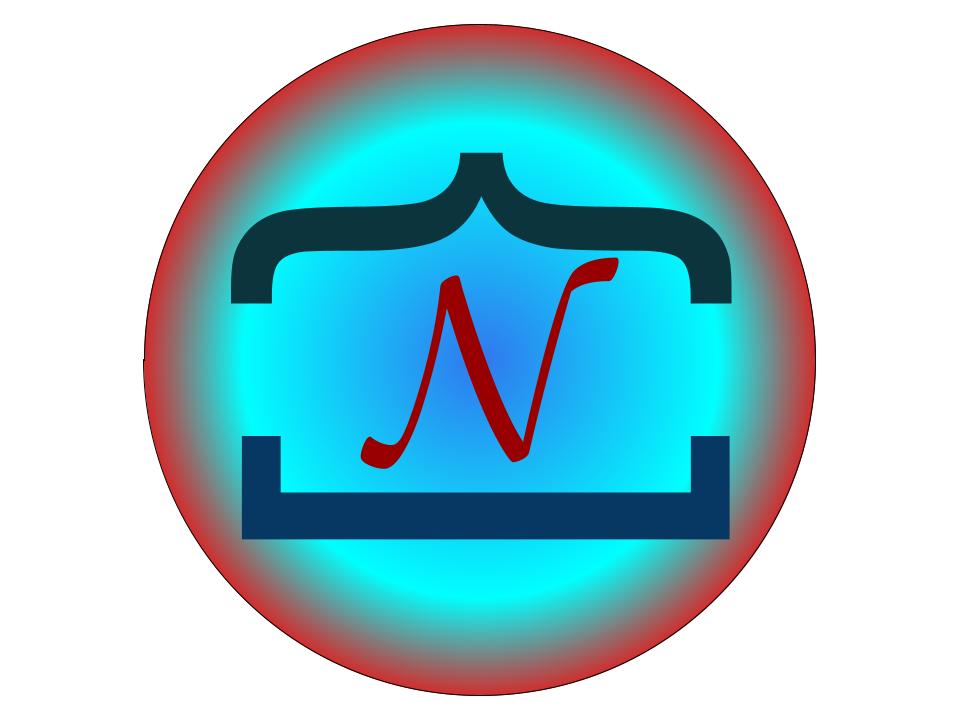Random Variables#
A lot of this material is inspired by:
Wiki article on Random Variables
Khan academy videos
MIT OCW course
Assume you toss a coin once, the coin can land either as heads or tails. The outcome is unknown before the throw.
We can denote the sample space as: \(\Omega = \{H, T\}\)
Now, let us say that if the coin lands as Heads, we win 1$ and we win 0$ if the coin lands as Tails. We can associate a function \(W\) with the experiment such that W(Heads) = 1 and W(Tails) = 0
Random Variable
A random variable is a function mapping the sample space (for example: \(\Omega = \{H, T\}\)) of an experiment to a measurement space \(E = \{0, 1\}\). Random variables are represented using capital letters.
While we may have generally seen a random variable W associated with a coin toss taking the values 1 for Heads, 0 for Tails, we might have chosen any other values and still have a random variable. As an example
If our experiment is to roll two die (6-faced die) and note the sum of the numbers on the top side.
The sample space for this example is:
Based on this sample space, we can see that our random variable \(Z\) denoting the sum of numbers on the top side takes the values \(\{2, 3, 4, 5, 6, 7, 8, 9, 10, 11, 12\}\)
Discrete Random Variable
A discrete random variable can take discrete values. For example, W representing the money we win if we toss a coin randomly. Or, Y the top face of a dice when the dice is rolled. Or, \(Z\) denoting the sum of numbers on the top side of two dies.
Let us now take a different example. Our experiment is to pick a person at random from a university and measure their weight. The sample space would be the list of all the people in the university and the random variable \(T\) would be weight corresponding to that randomly chosen person. The weight of that person would be a continuous scale.
Continuous Random Variable
A continuous random variable takes continuous values.

